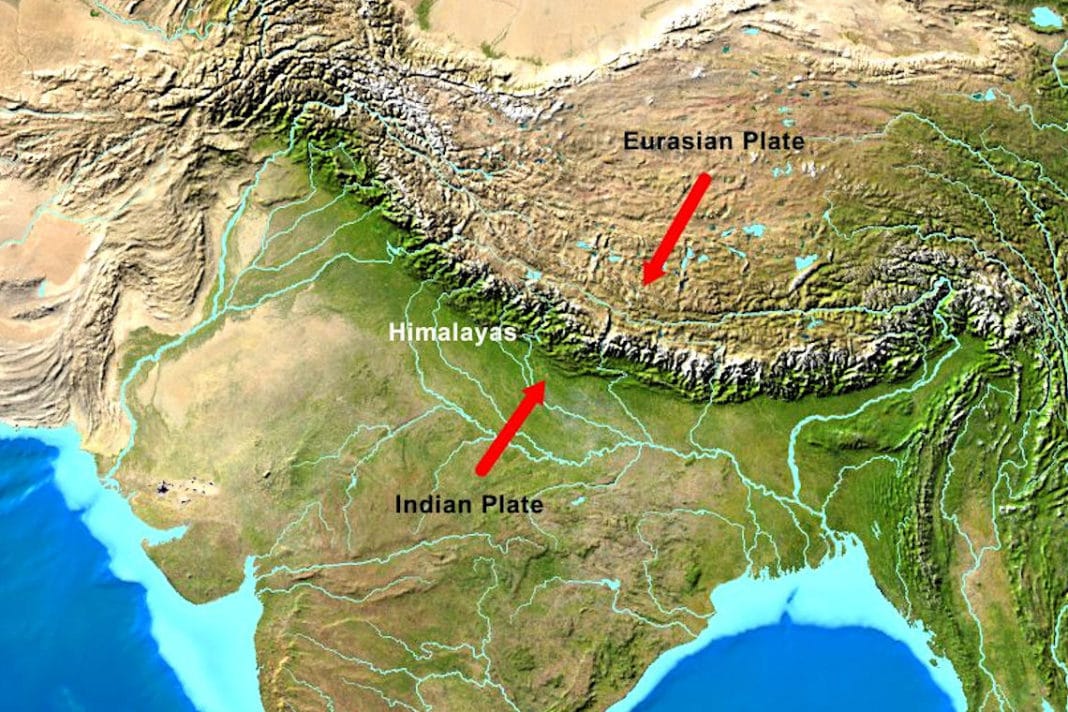The majestic Himalayas, often referred to as the ‘roof of the world’, have long fascinated geologists and adventurers alike. However, recent research has unveiled a startling consequence of their formation: the potential destruction of at least 30% of the continental crust in the collision zone between the Indian and Eurasian tectonic plates. This finding not only sheds light on the geological history of the region but also raises questions about the long-term implications for the Earth’s crust and tectonic activity. The Himalayas were formed approximately 50 million years ago when the Indian plate collided with the Eurasian plate, a process that continues to this day. This collision has not only given rise to the world’s highest peaks but has also resulted in significant geological upheaval. According to a study published in the journal ‘Nature Geoscience’, researchers utilized advanced seismic imaging techniques to analyze the structure of the crust beneath the Himalayas. Their findings suggest that the immense pressure and heat generated by the collision have led to the melting and subsequent loss of a substantial portion of the continental crust in the area. The study’s lead author, Dr. Anjali Sharma, noted, ‘Our research indicates that the ongoing tectonic processes in the Himalayas are not just creating mountains but are also actively reshaping the crust beneath them. This has profound implications for our understanding of continental formation and stability.’ The implications of this crustal loss extend beyond geology. The Himalayas play a crucial role in regulating climate patterns and water resources in the region. The melting of glaciers, accelerated by climate change, further complicates the situation, as it may lead to increased erosion and sedimentation, potentially impacting the stability of the region’s geology. Furthermore, the loss of continental crust could influence seismic activity, raising concerns about the potential for increased earthquakes in an already seismically active area. As researchers continue to study the complexities of the Himalayas, it becomes increasingly clear that this region is not only a natural wonder but also a dynamic system that requires careful monitoring and understanding. The findings from this study underscore the importance of interdisciplinary research in addressing the challenges posed by geological changes and climate impacts. For more information on this topic, you can refer to the original study published in ‘Nature Geoscience’ at https://www.nature.com/articles/s41561-023-01000-0 and additional insights from the Geological Society of America at https://www.geosociety.org.
The Impact of the Himalayas: Continental Crust Loss in the Collision Zone



